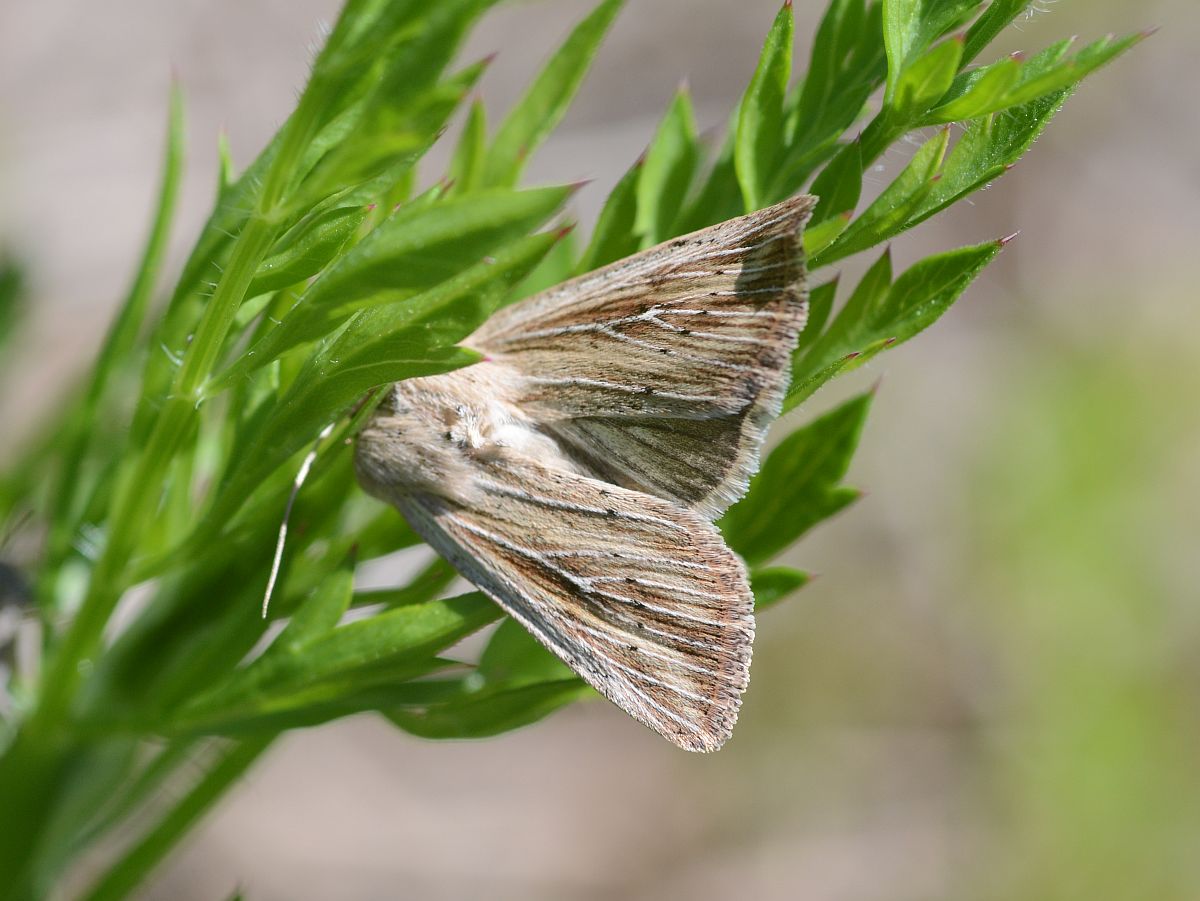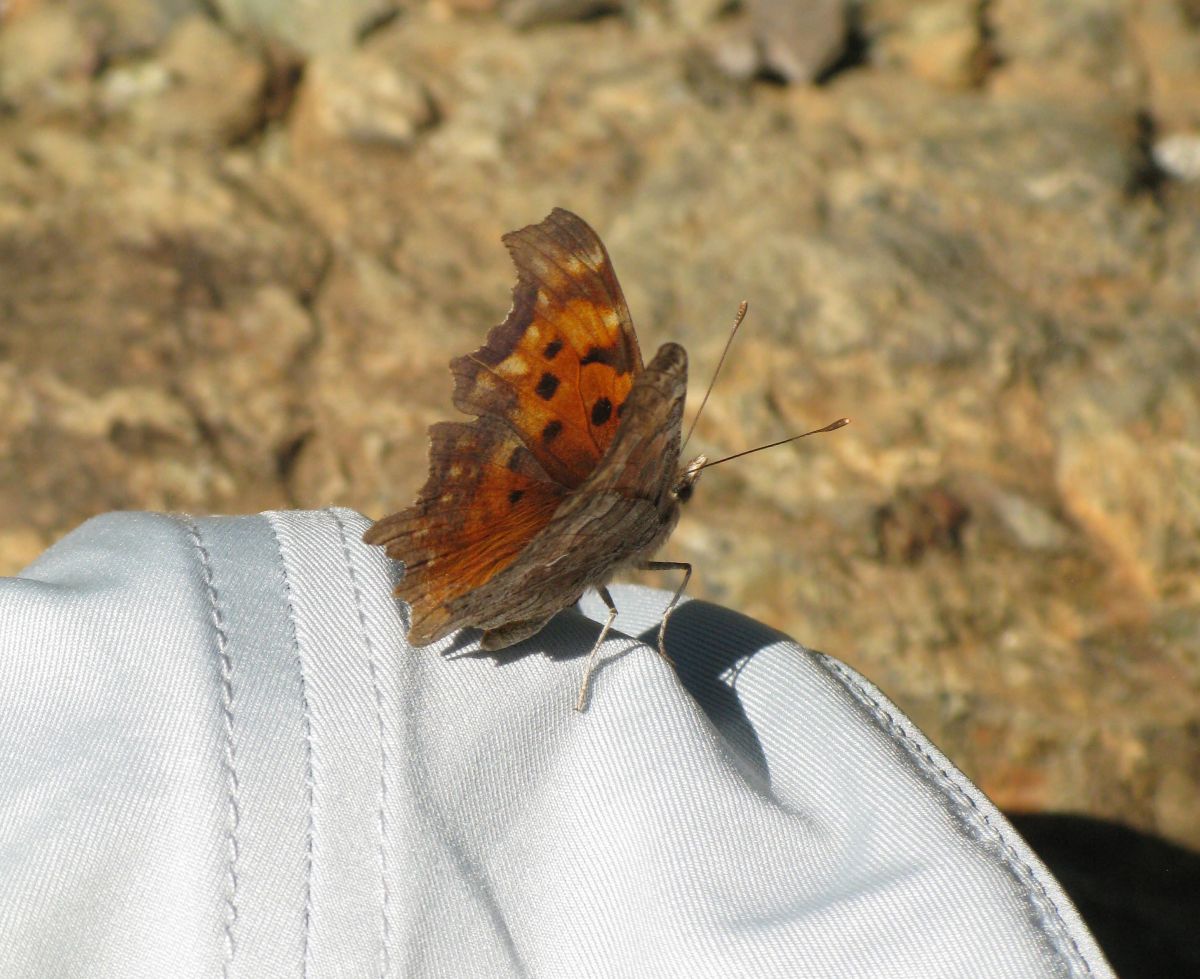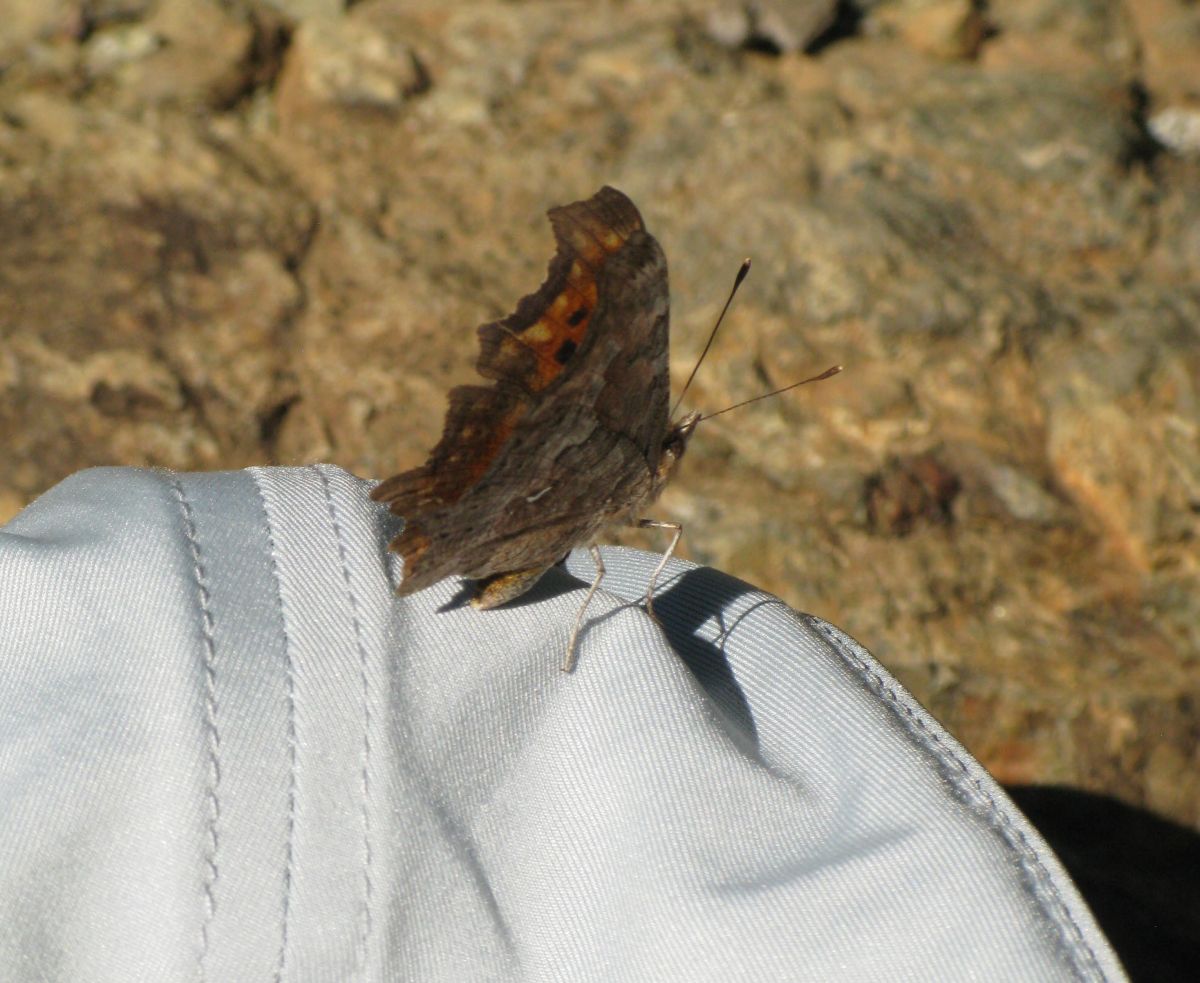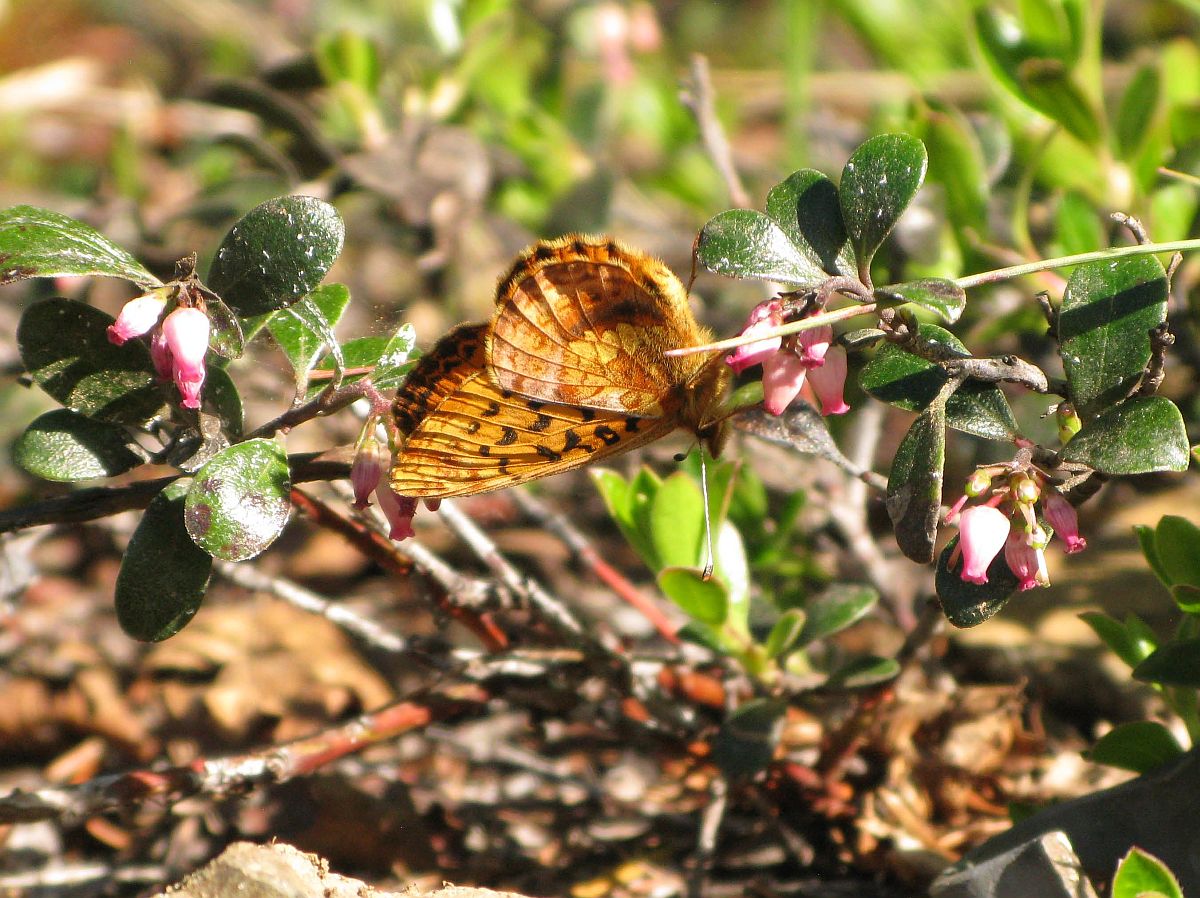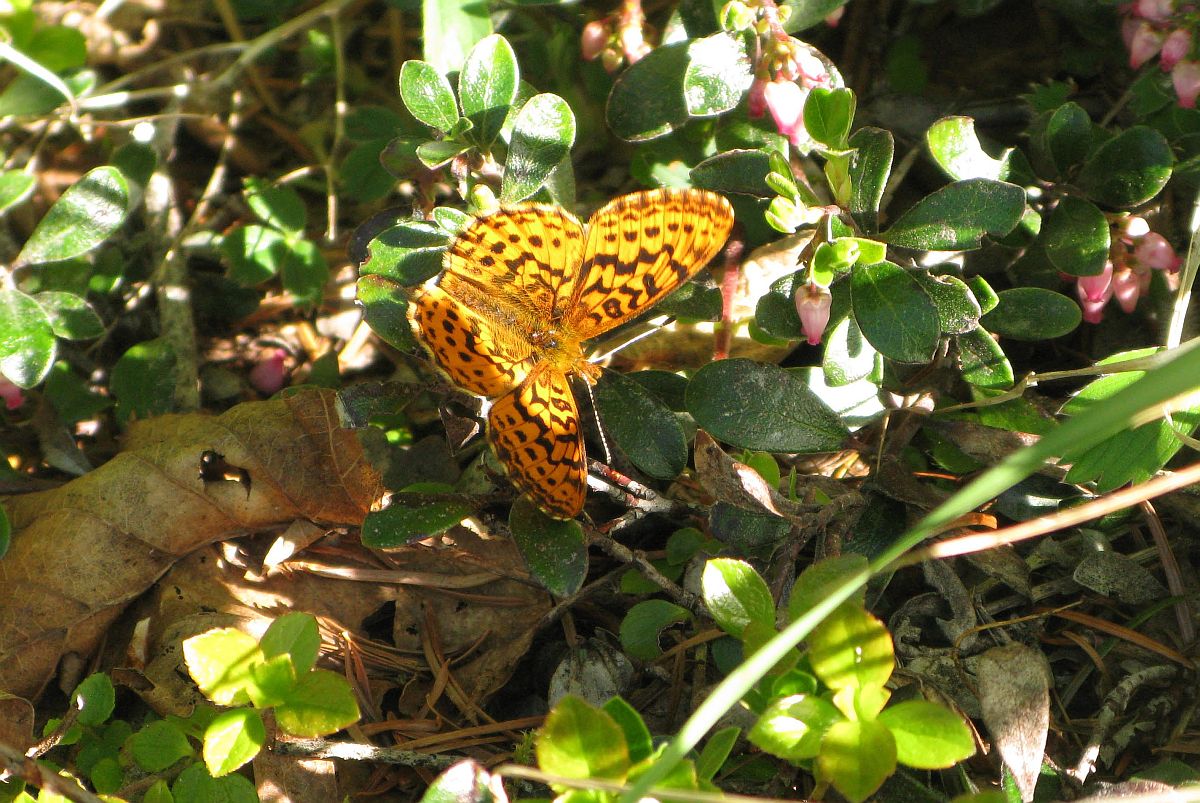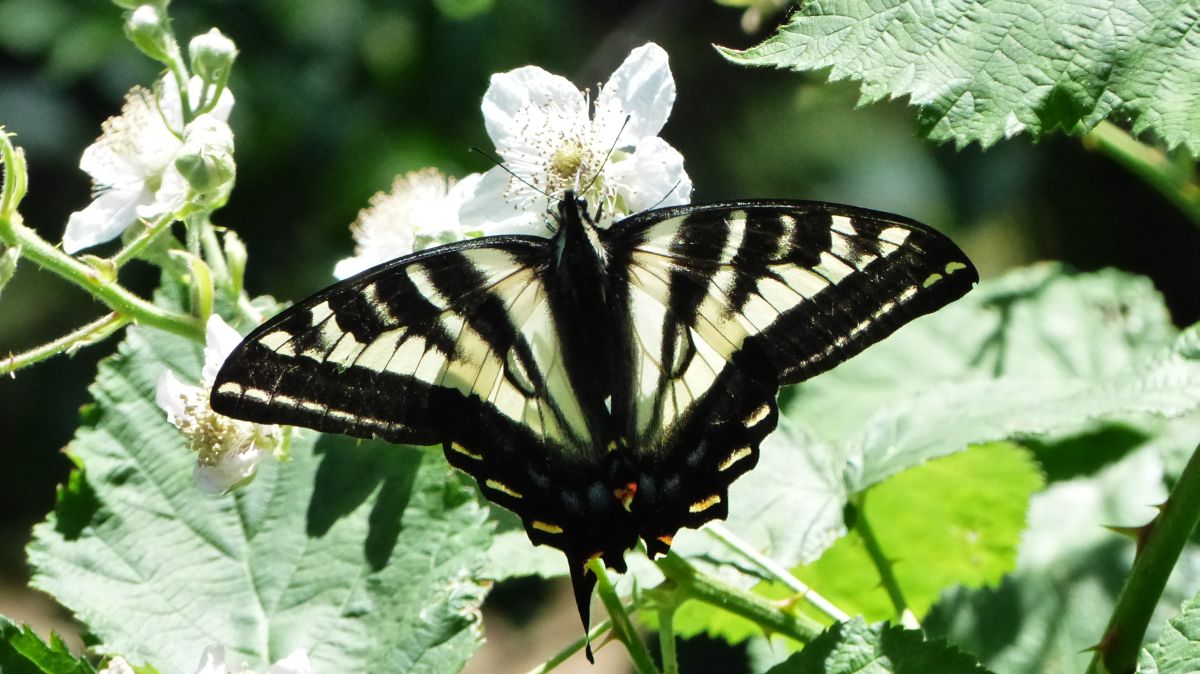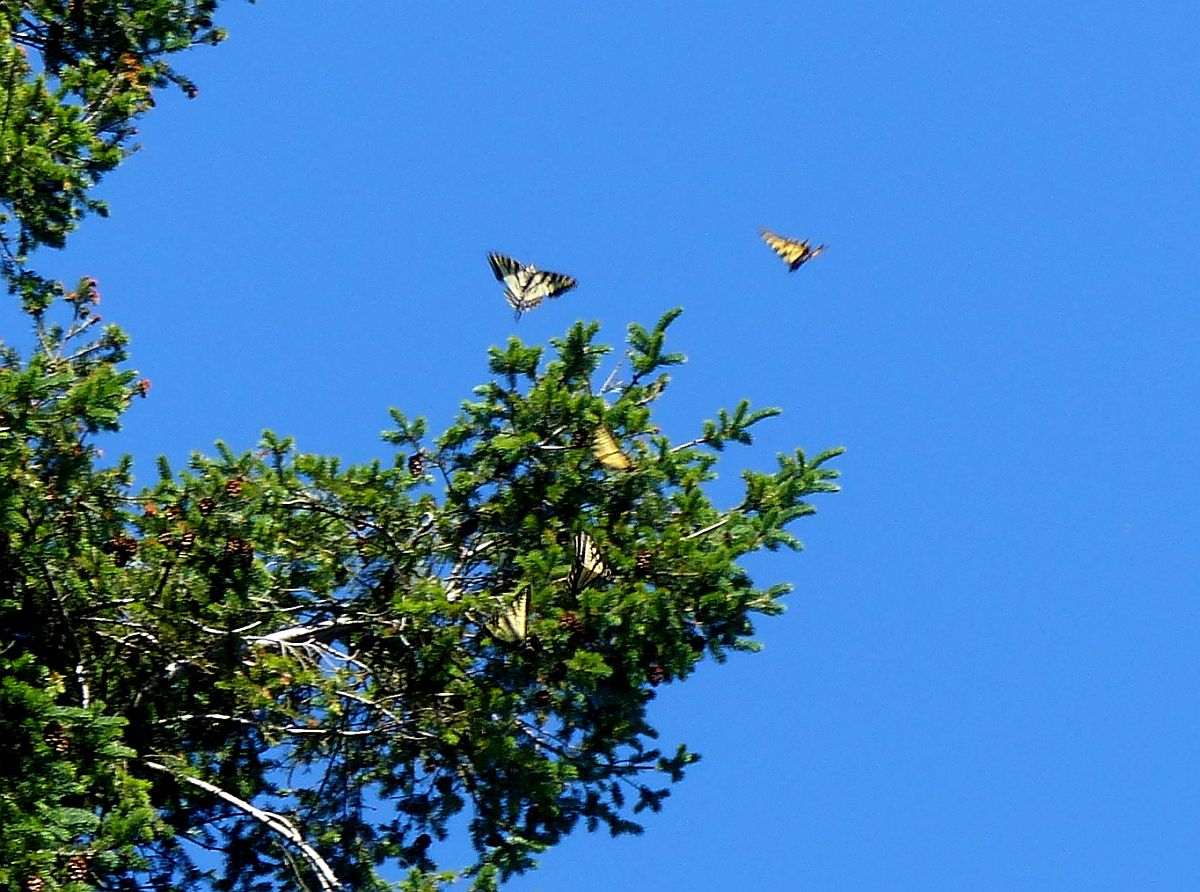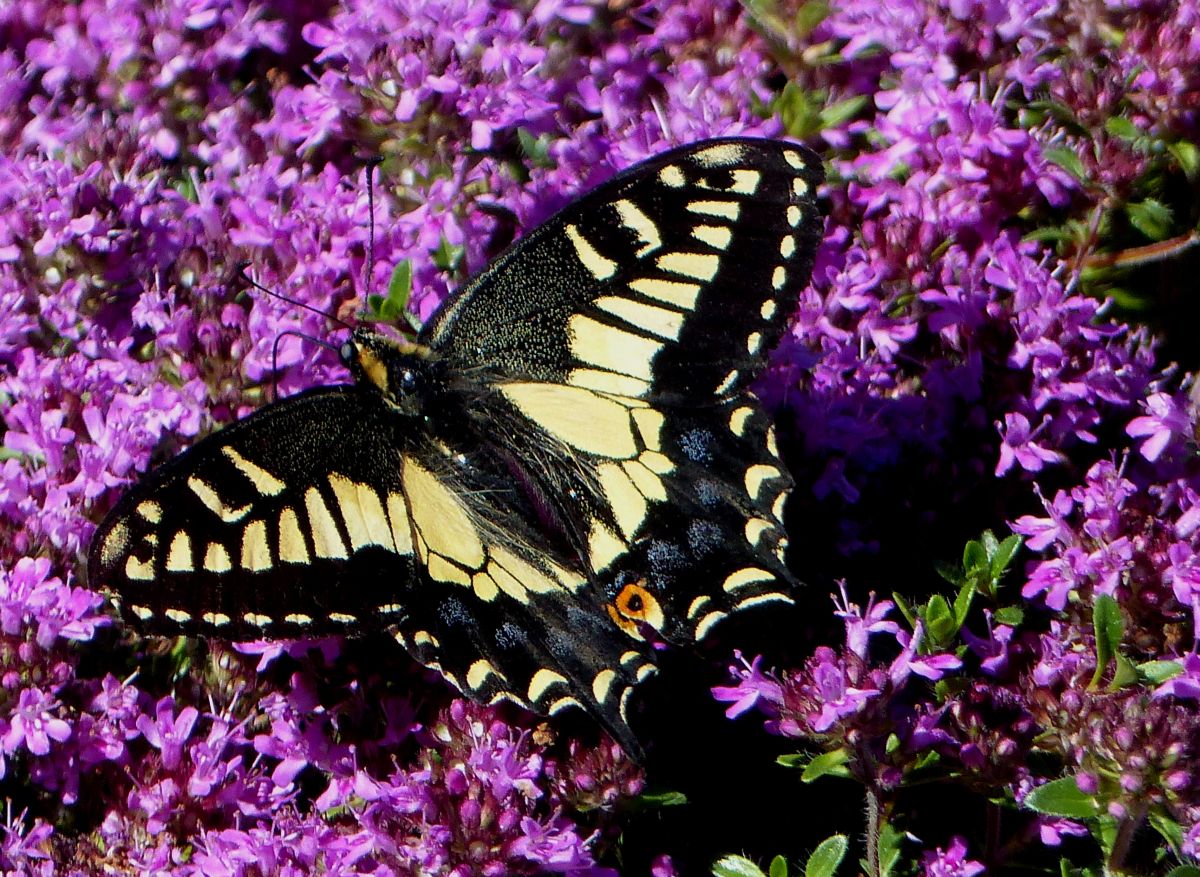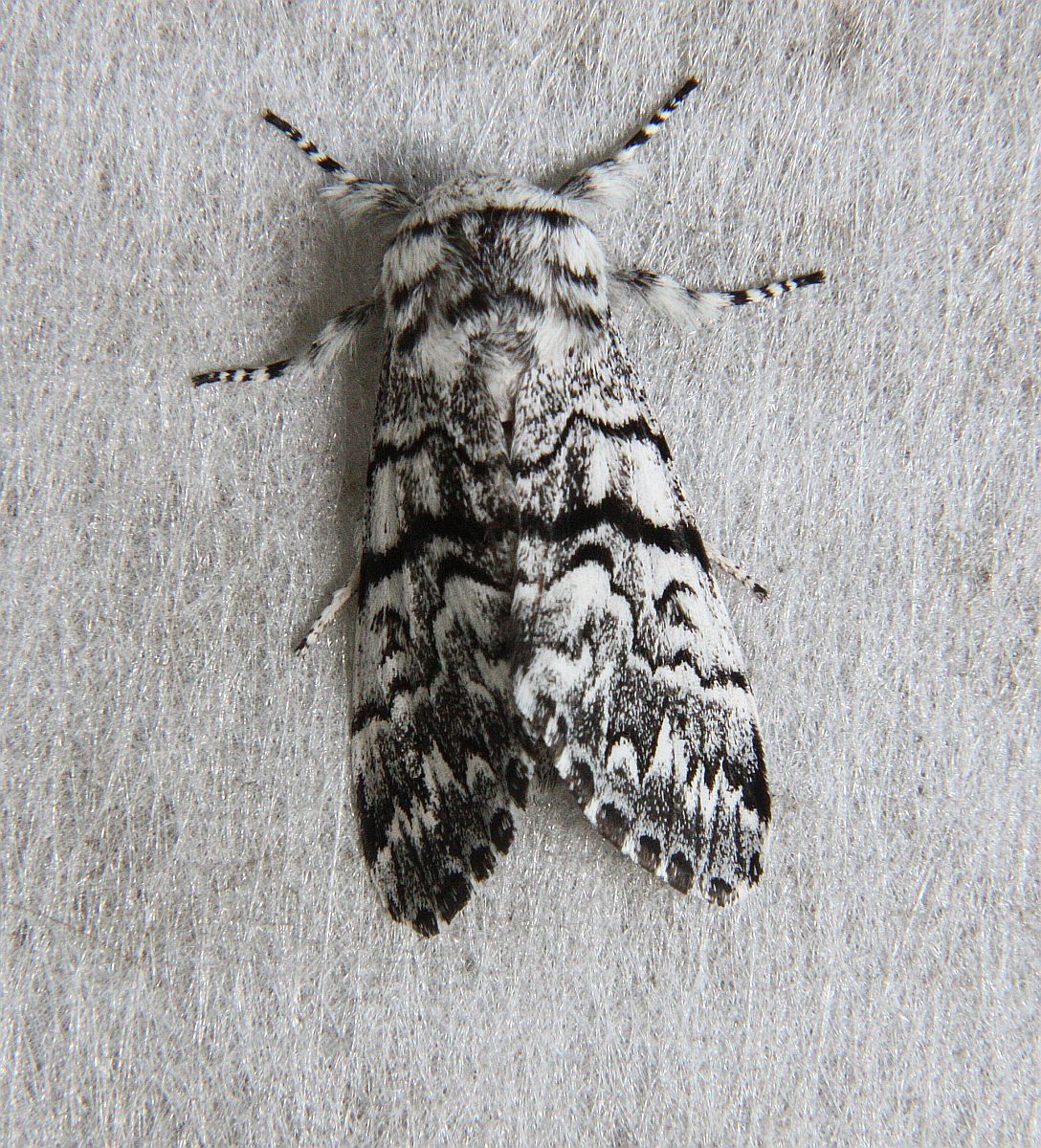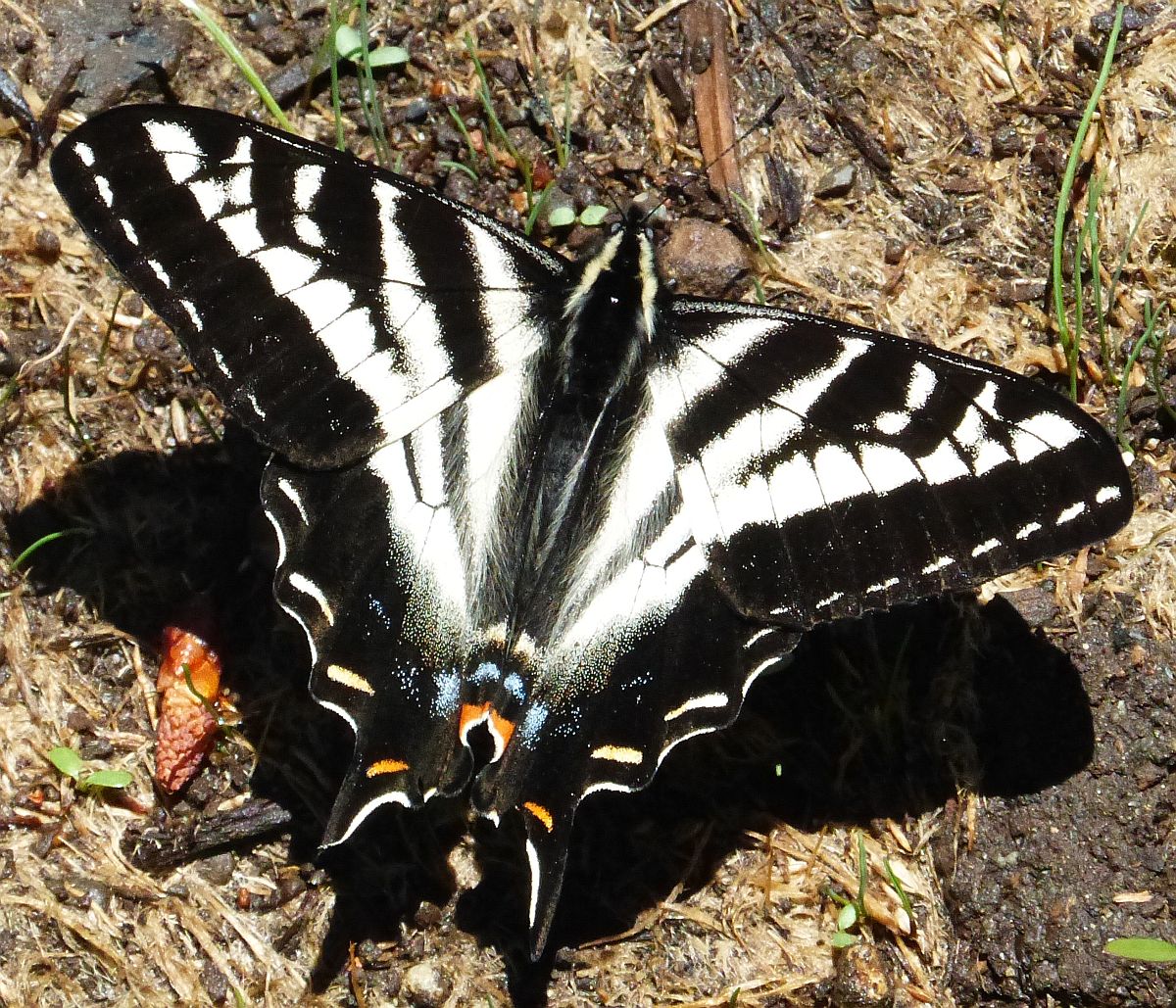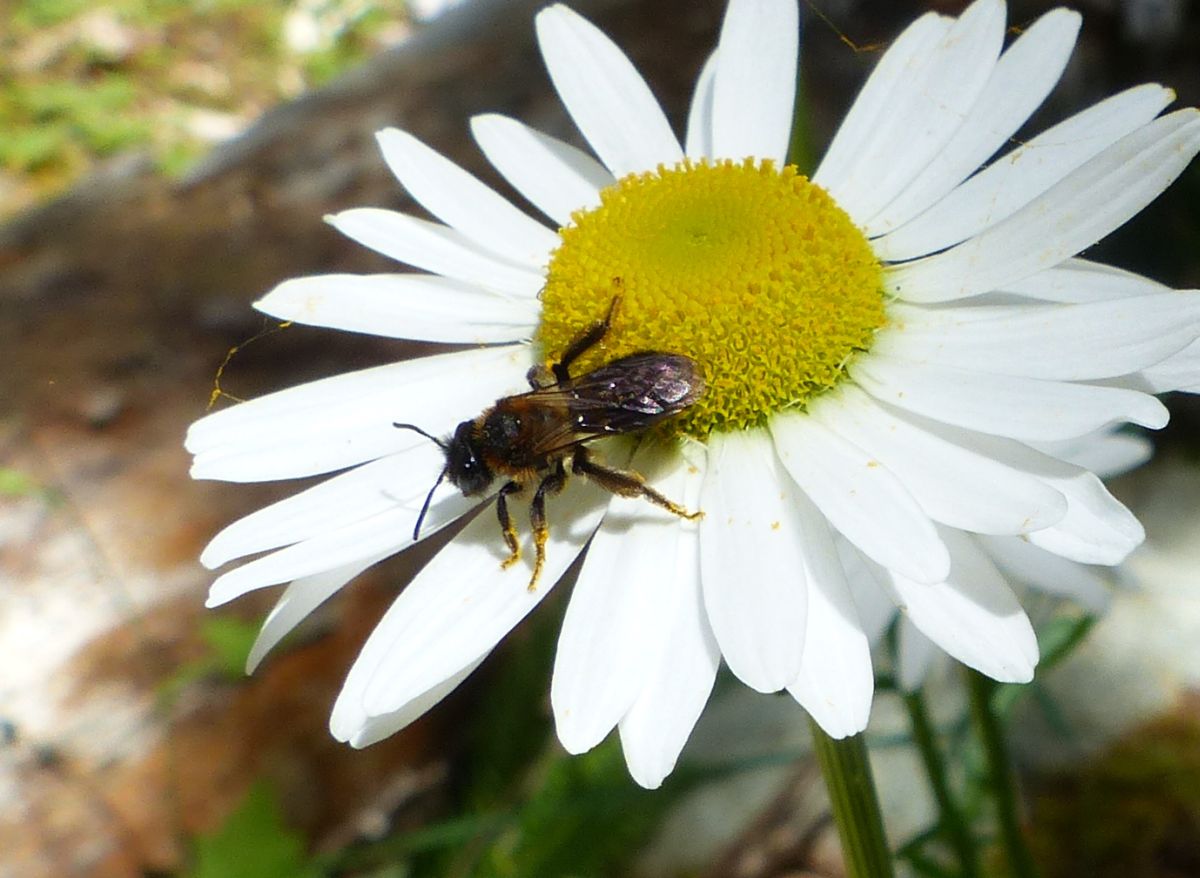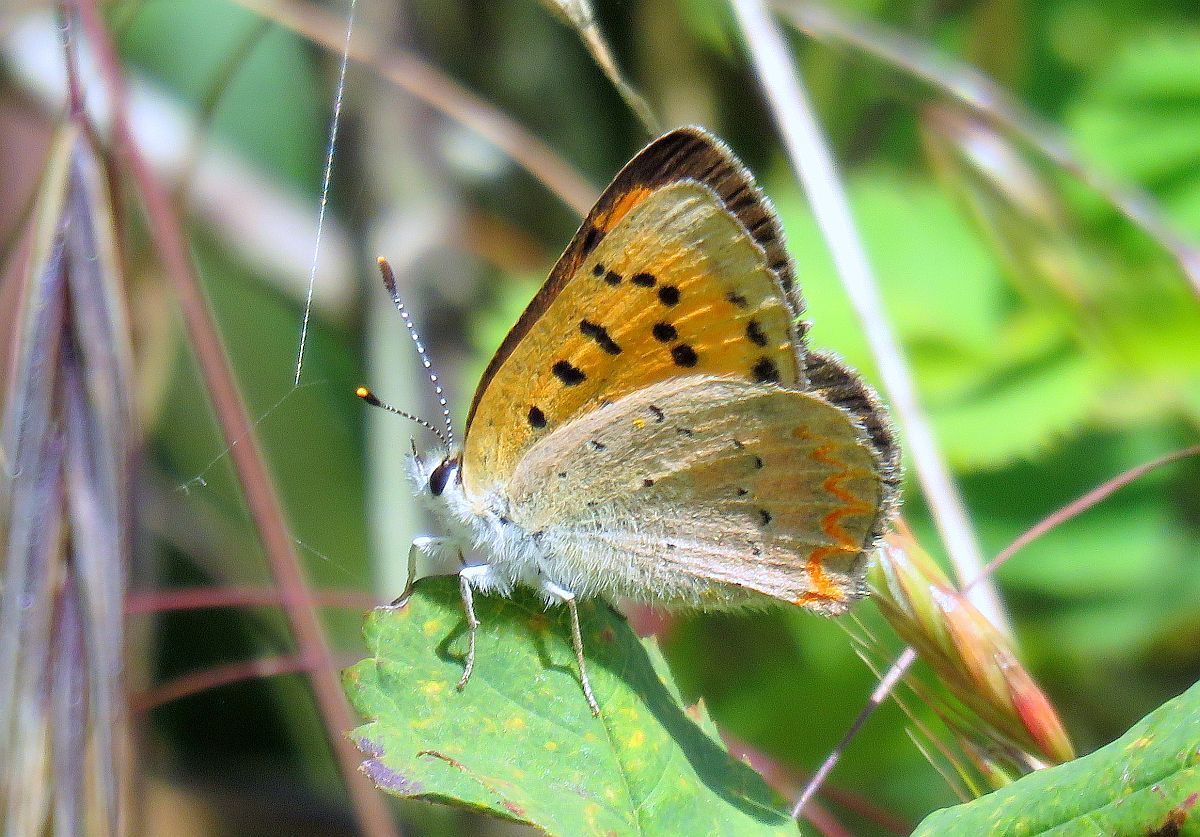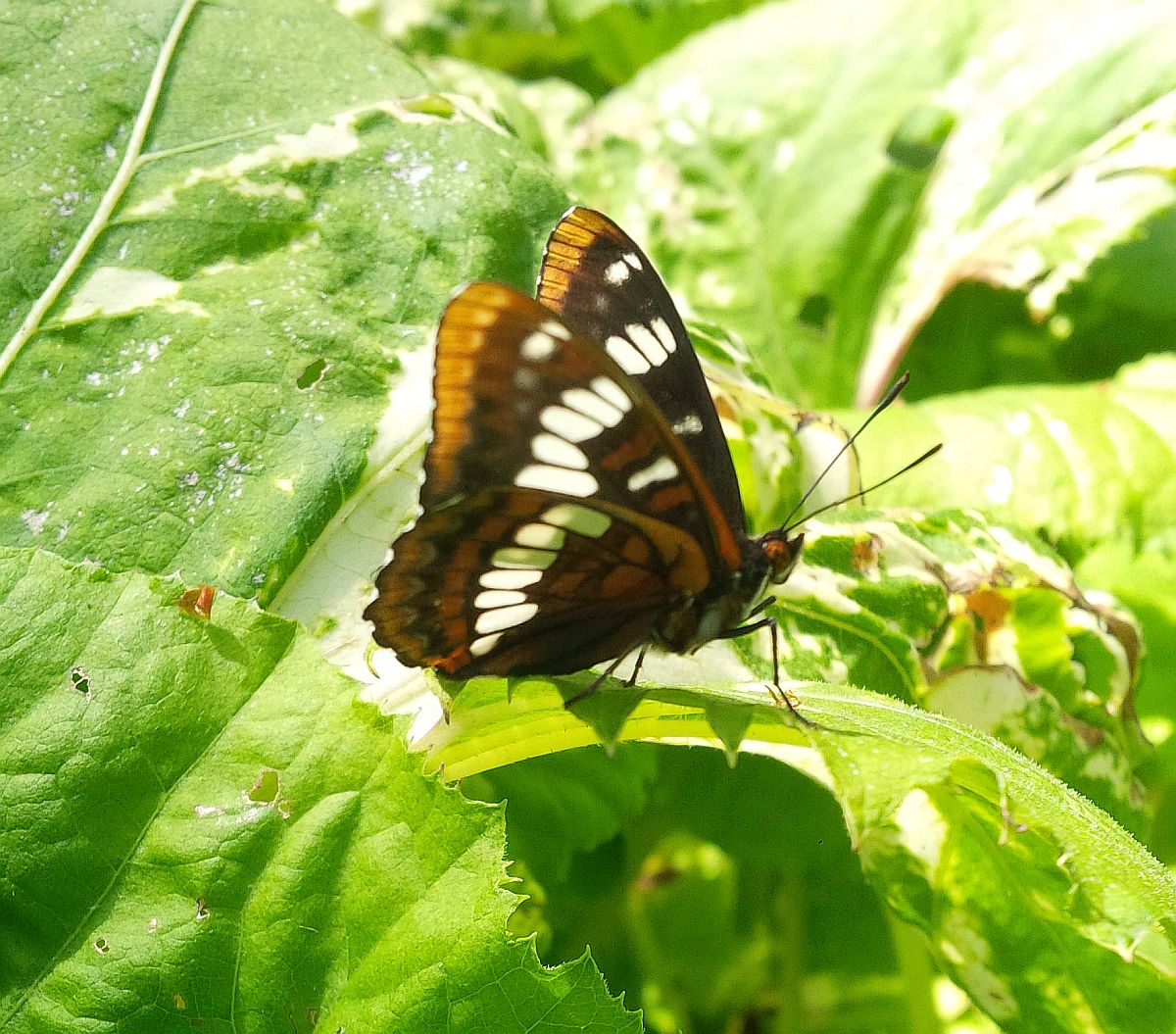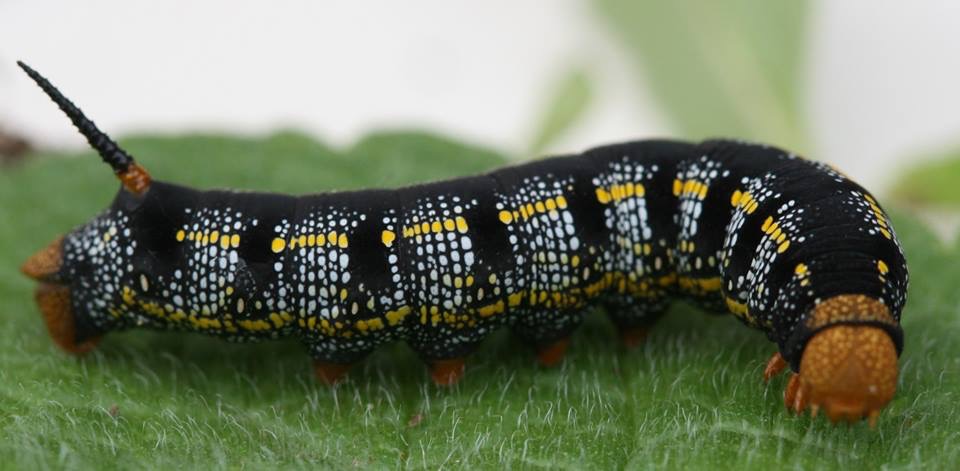2017 June 26
Jeremy Tatum writes: A few Painted Ladies, Red Admirals, Lorquin’s Admirals, Western Tiger Swallowtails and one West Coast Lady on the Mount Tolmie reservoir at 6:00 p.m. tonight. On looking closely at the West Coast Lady, I became fairly sure that it may well have been the same individual that Val George photographed a few days ago (see June 16 posting). I find that I can pick out the West Coast Lady in flight – the orange seems a slightly different shade than the orange of the Painted Ladies.
Ken Vaughan writes: I was out to Beaver Lake on Saturday morning, and I took some photographs.
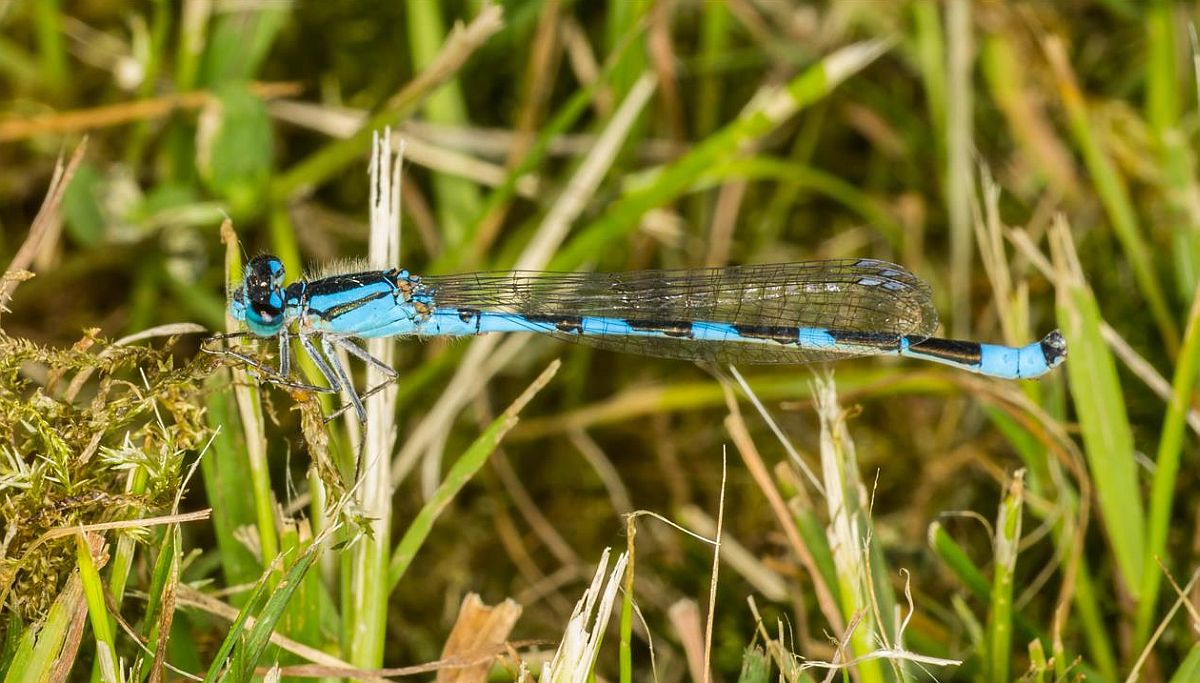
 Tule Bluet Enallagma carunculatum (Odo.: Coenagrionidae) Ken Vaughan
Tule Bluet Enallagma carunculatum (Odo.: Coenagrionidae) Ken Vaughan
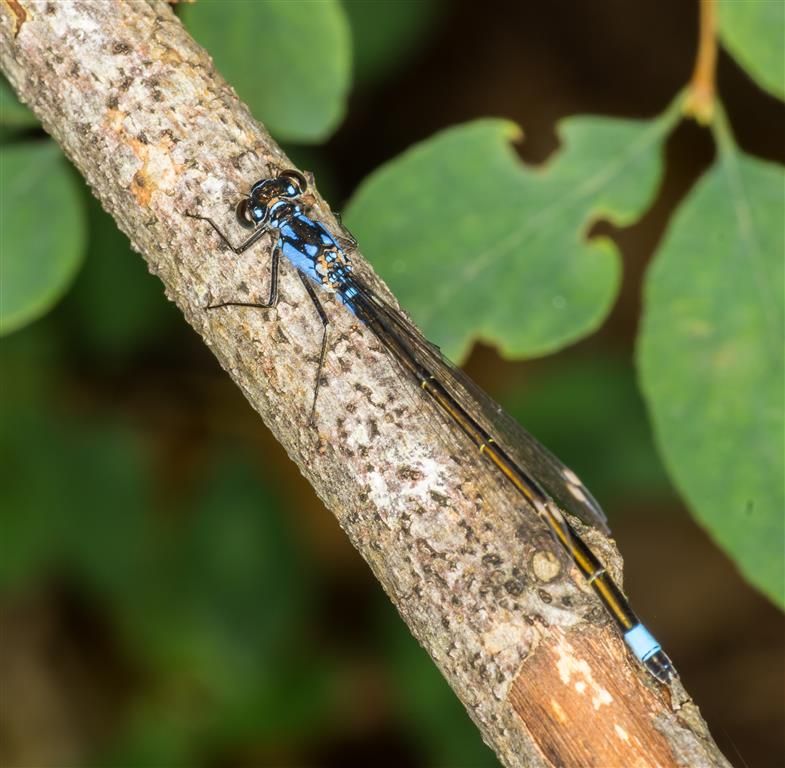
Pacific Forkail Ischnura cervula (Odo.: Coenagrionidae) Ken Vaughan

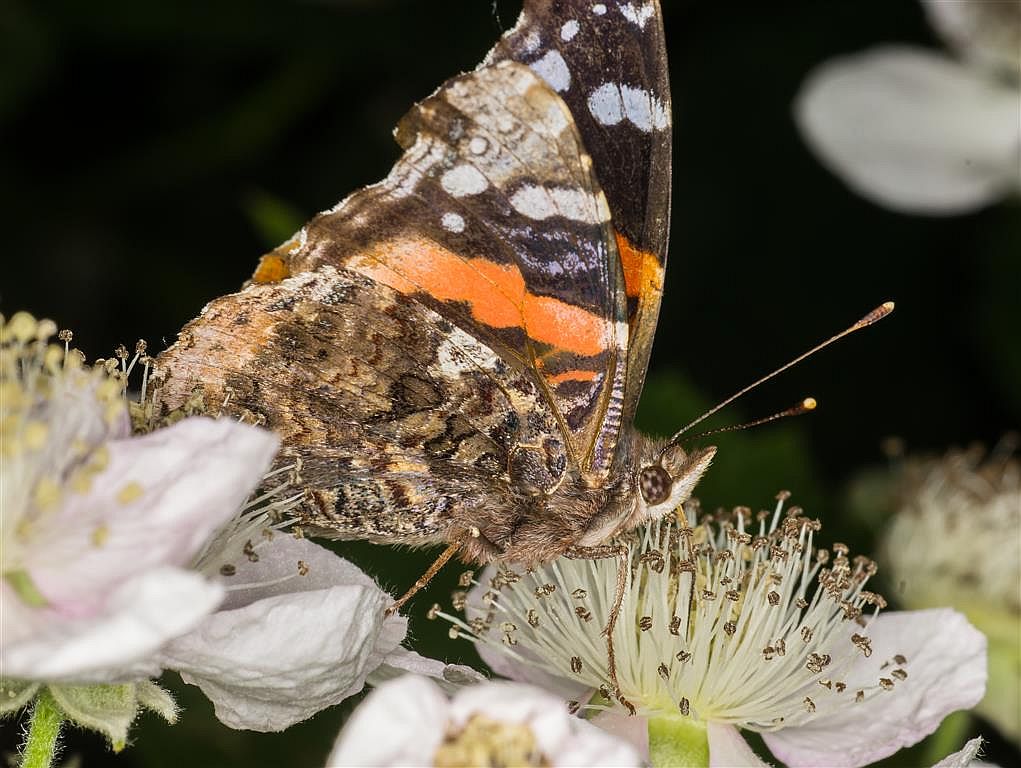
Red Admirable Vanessa atalanta (Lep.: Nymphalidae) Ken Vaughan
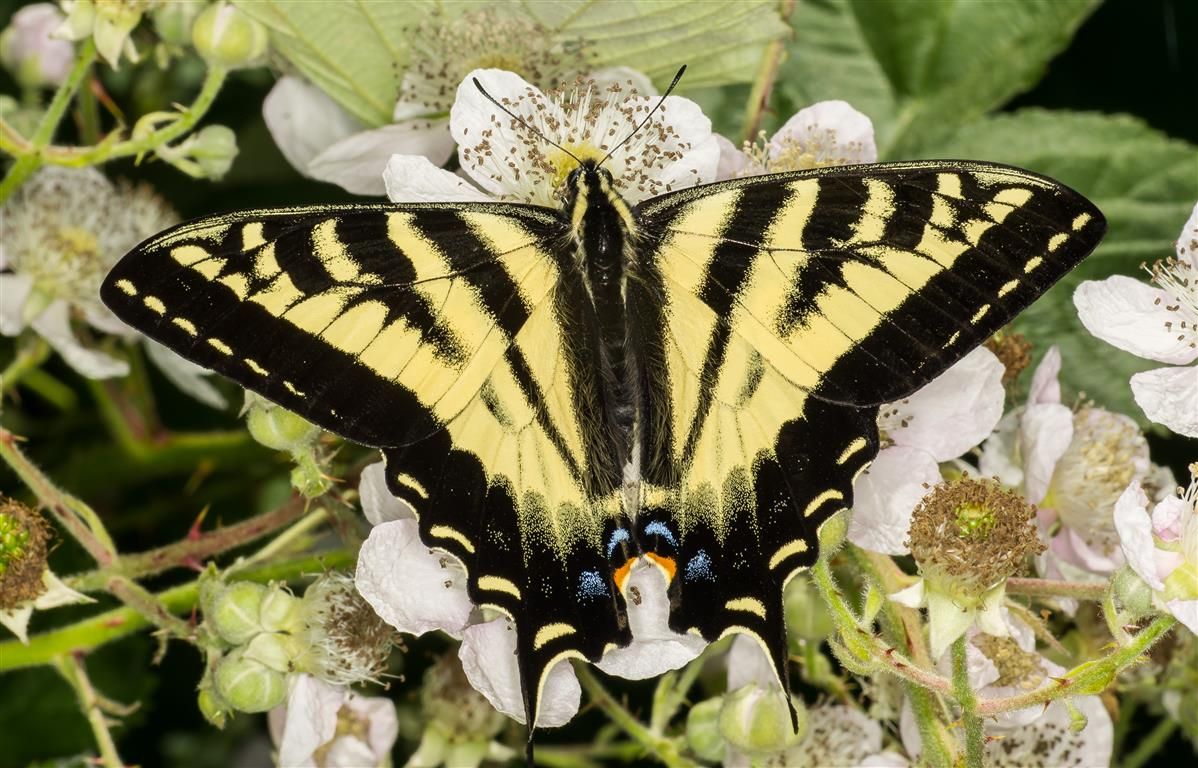
 Western Tiger Swallowtail Papilio rutulus (Lep.: Papilionidae) Ken Vaughan
Western Tiger Swallowtail Papilio rutulus (Lep.: Papilionidae) Ken Vaughan
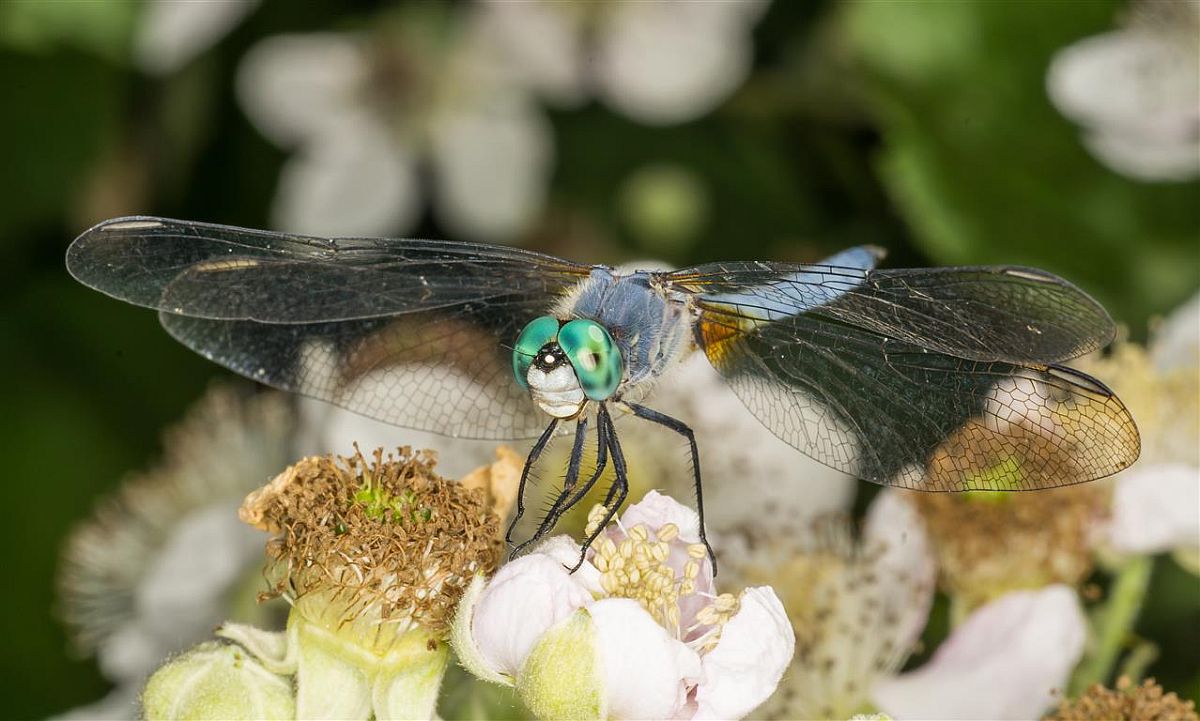
Blue Dasher Pachydiplax longipennis (Odo.: Libellulidae) Ken Vaughan

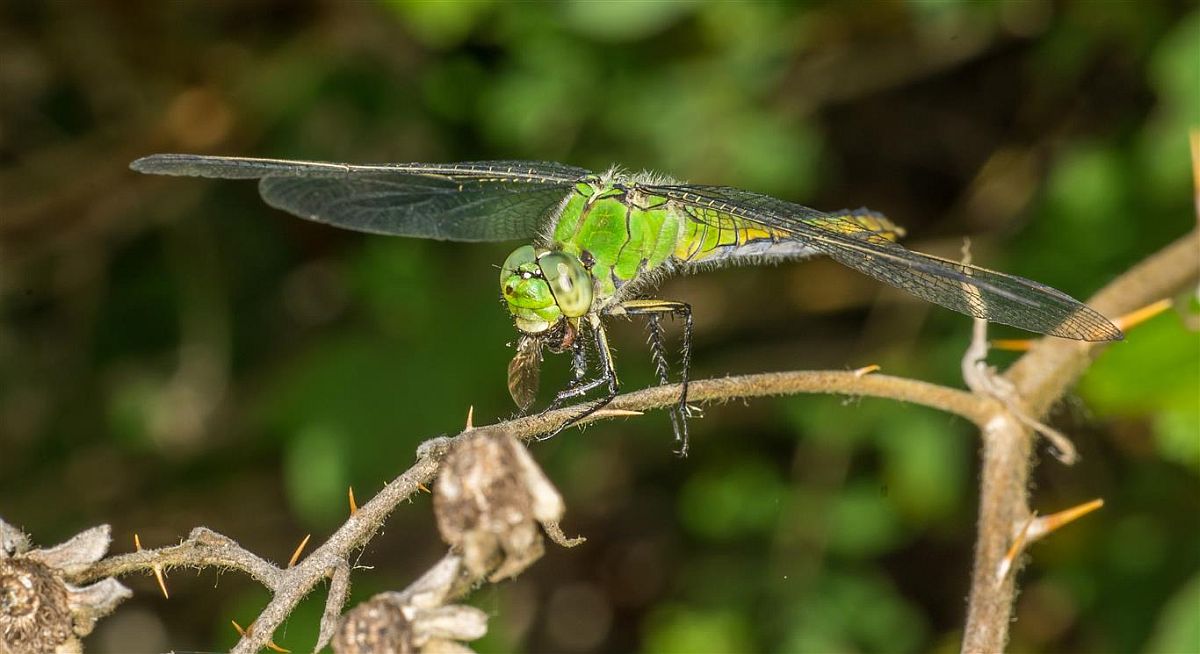
Western Pondhawk Erythemis collocata (Odo.: Libellulidae) Ken Vaughan
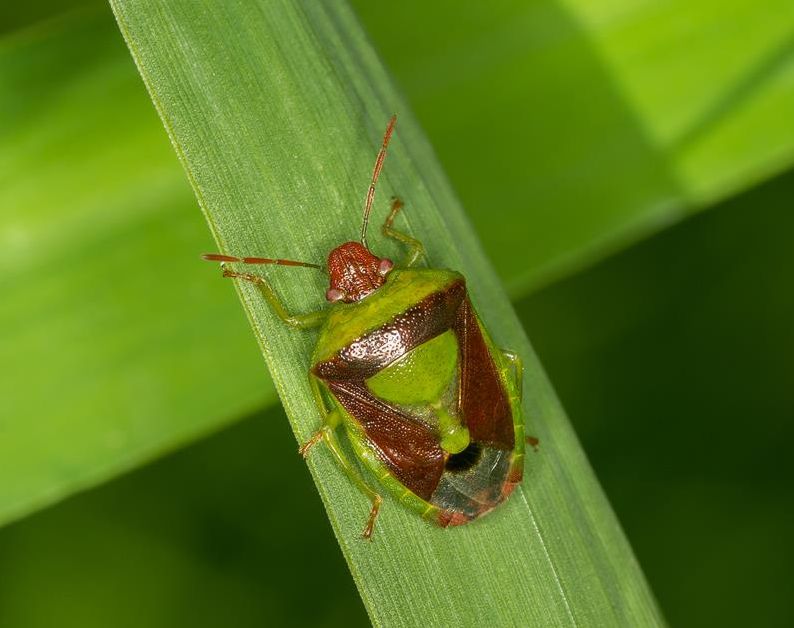
 Banasa dimiata (Hem.: Pentatomidae) Ken Vaughan
Banasa dimiata (Hem.: Pentatomidae) Ken VaughanJeremy Tatum comments: For those still a little uncertain about beetles and bugs, Banasa dimiata is about as typical a bug as you can get. The tip of the pronotum in dimiata is usually yellow. This introduces a note of uncertainty into the identification. Maybe it is another species. If any expert out there can help, please let us know. Ken sees a green chalice on the back. I see it, too. Can you?
Ken has chosen to use the name “Red Admirable” for Vanessa atalanta. Although the name used most often these days is Red Admiral, it has been suggested that “Admiral” was originally “Admirable”, and it has lost a syllable along the way. It has been advocated that we should restrict the name “Admiral” to the Limenitis group. It is true that Moses Harris, in his 1840 book The Aurelian, called atalanta “The Admirable”. However, if we go back still further, to the seventeenth century, James Petiver, who introduced many of the English names for butterflies, called it the Red Admiral – so it looks as though Harris added a syllable, and today’s “Admiral” agrees with Petiver’s original name.
Rosemary Jorna photographed the beetle below at Jordan River on June 22. There are more species of beetle than of any other Order in the animal Kingdom – which means, unfortunately, that we cannot always identify each one with certainty. However, thanks to Charlene Wood, we know at least the Family of this one – Bupestridae.

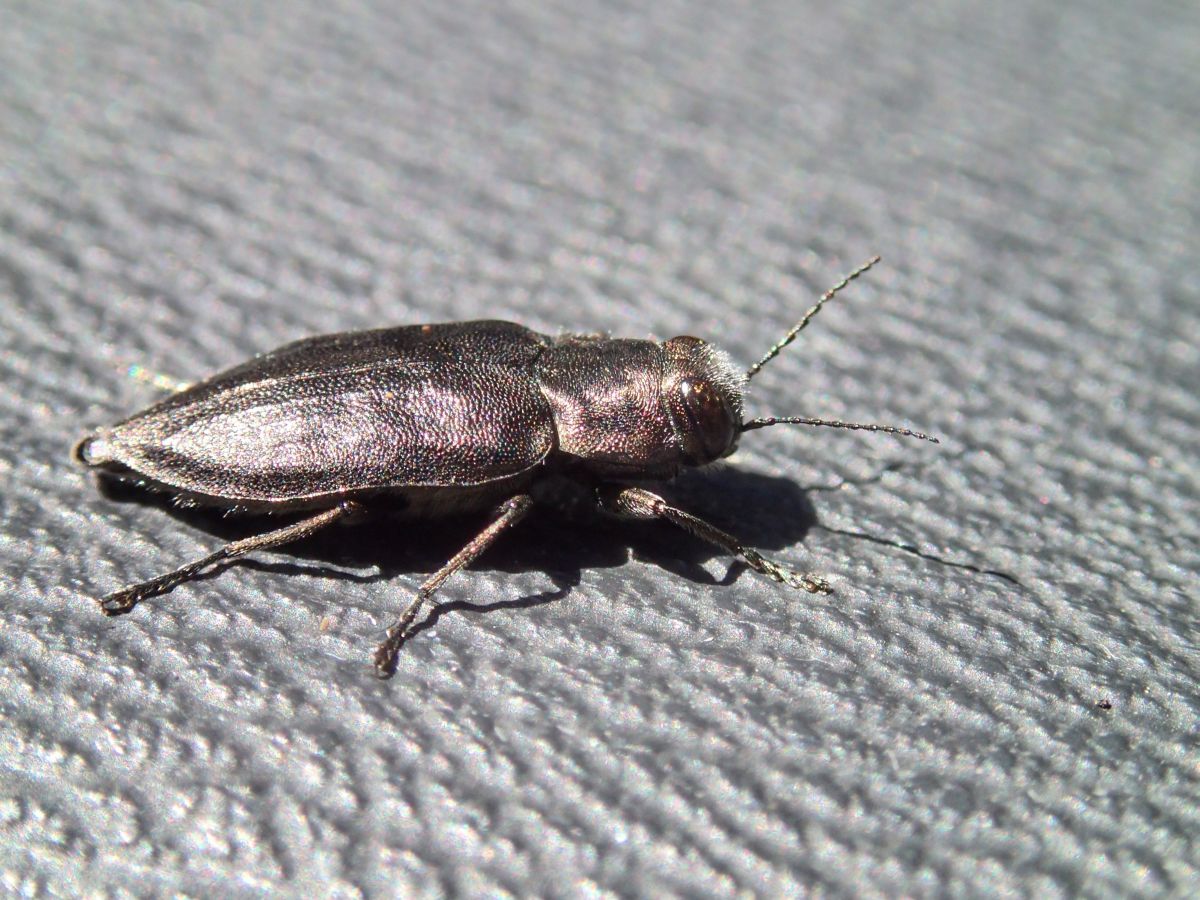
Bupestrid beetle (Col.: Bupestridae) Rosemary Jorna
Annie Pang photographed a bee-like robber fly in Gorge Park, June 25. Annie is showing us what a great variety of creatures are to be found even in a rather urban park, without trekking far into the wilderness. Rob Cannings comments: This is a female Laphria, either L. asturina or L. fernaldi. I believe there is a good possibility that both these names refer to the same species and any small colour differences used in keys to separate them are insignificant. Anyway, that’s the identification situation concerning the common southern BC Laphria with red hairs on the abdomen!

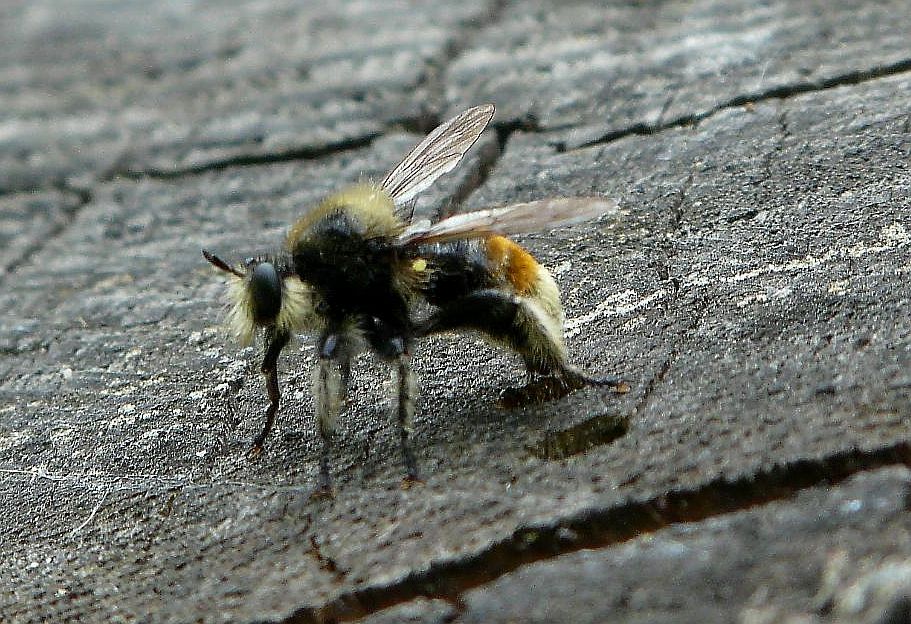
Bee-like robber fly Laphria asturina/fernaldi (Dip.: Asilidae) Annie Pang

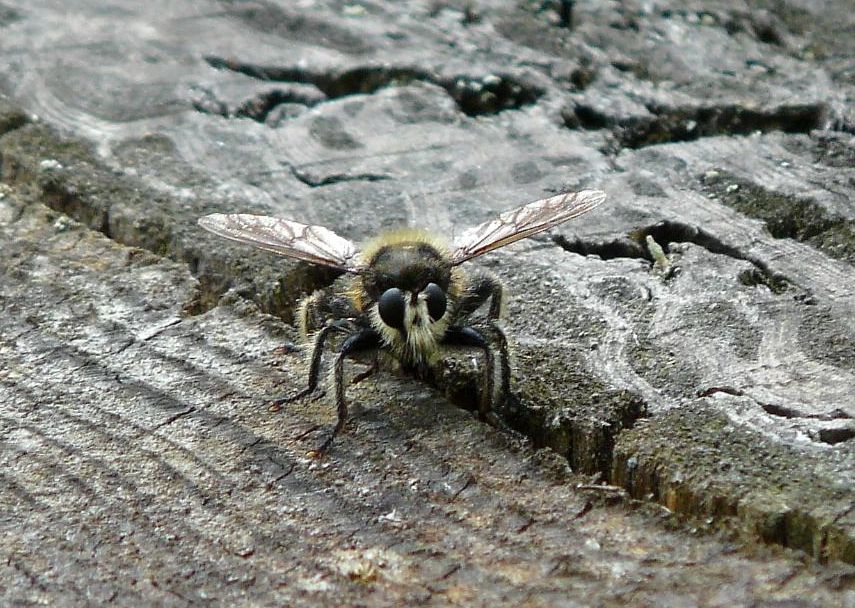
Bee-like robber fly Laphria asturina/fernaldi (Dip.: Asilidae) Annie Pang
Rosemary Jorna writes: Sid found this spider while cleaning the garage today, June 25, Kemp Lake Area. Sean McCann writes: This is Steatoda grossa, the False Black Widow. Very common in places like garages!

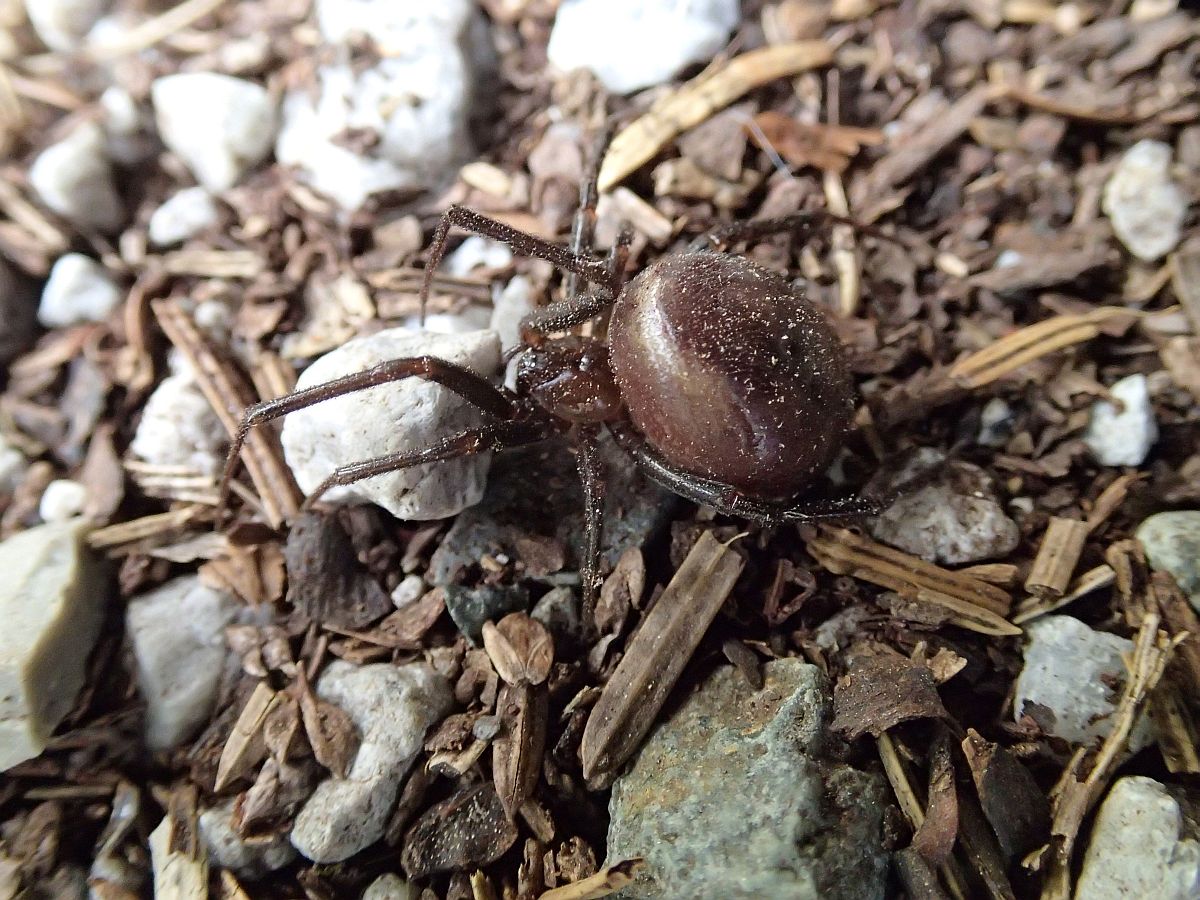
False Black Widow Steadota grossa (Ara.: Theridiidae) Rosemary Jorna
Jochen Moehr writes: I watched a P. rapae busily depositing eggs on some brassicaceous plants on Taylor Beach, close to the cliff drop-off among the drift wood. I also took some pictures of the plants. They clearly are some kind of Brassicaceae, but I was unable to get clues to the identification. Jeremy Tatum responds: Cabbage Whites quite often lay their eggs on these plants on the seashore. The plant is Sea Rocket Cakile sp., but it will need a better botanist than I to say whether it is the native American Sea Rocket C. edentula or the European Sea Rocket C. maritima. I believe both occur here. If some botanist can help us, please do so! (More detailed pics of the plant are available.)

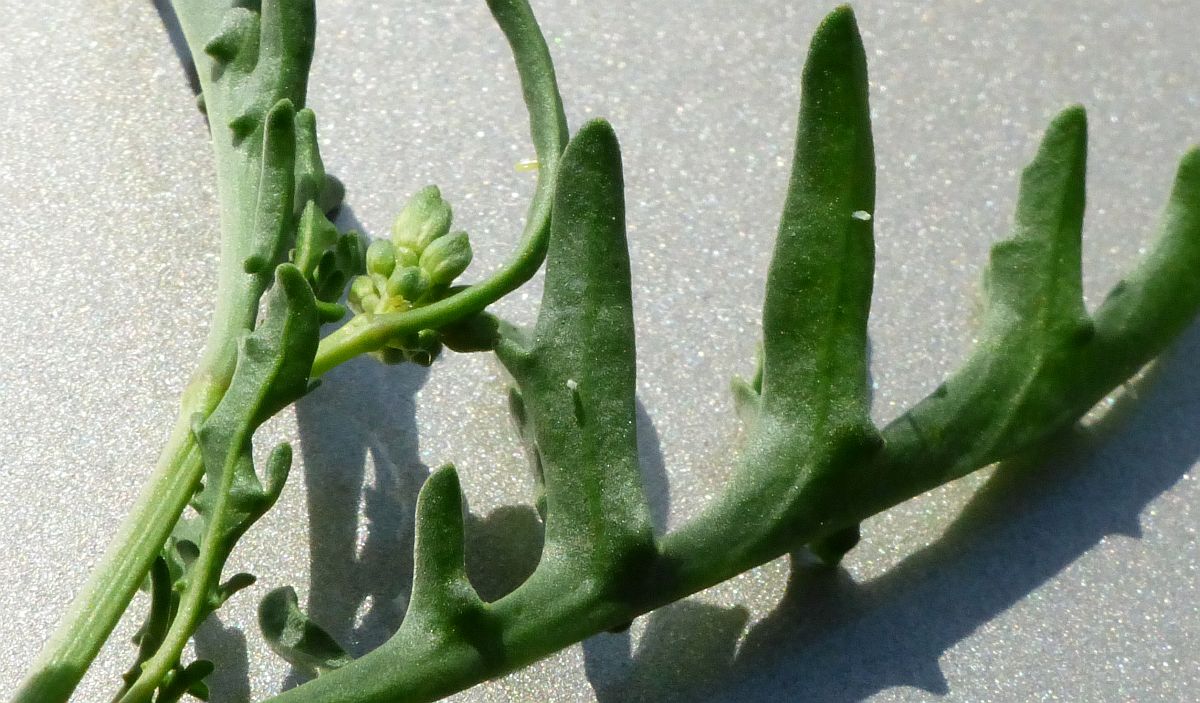
Two Cabbage White ova Pieris rapae (Lep.: Pieridae) Jochen Moehr
Cheryl Hoyle sends photographs of two larvae found in Saanich today, June 26.

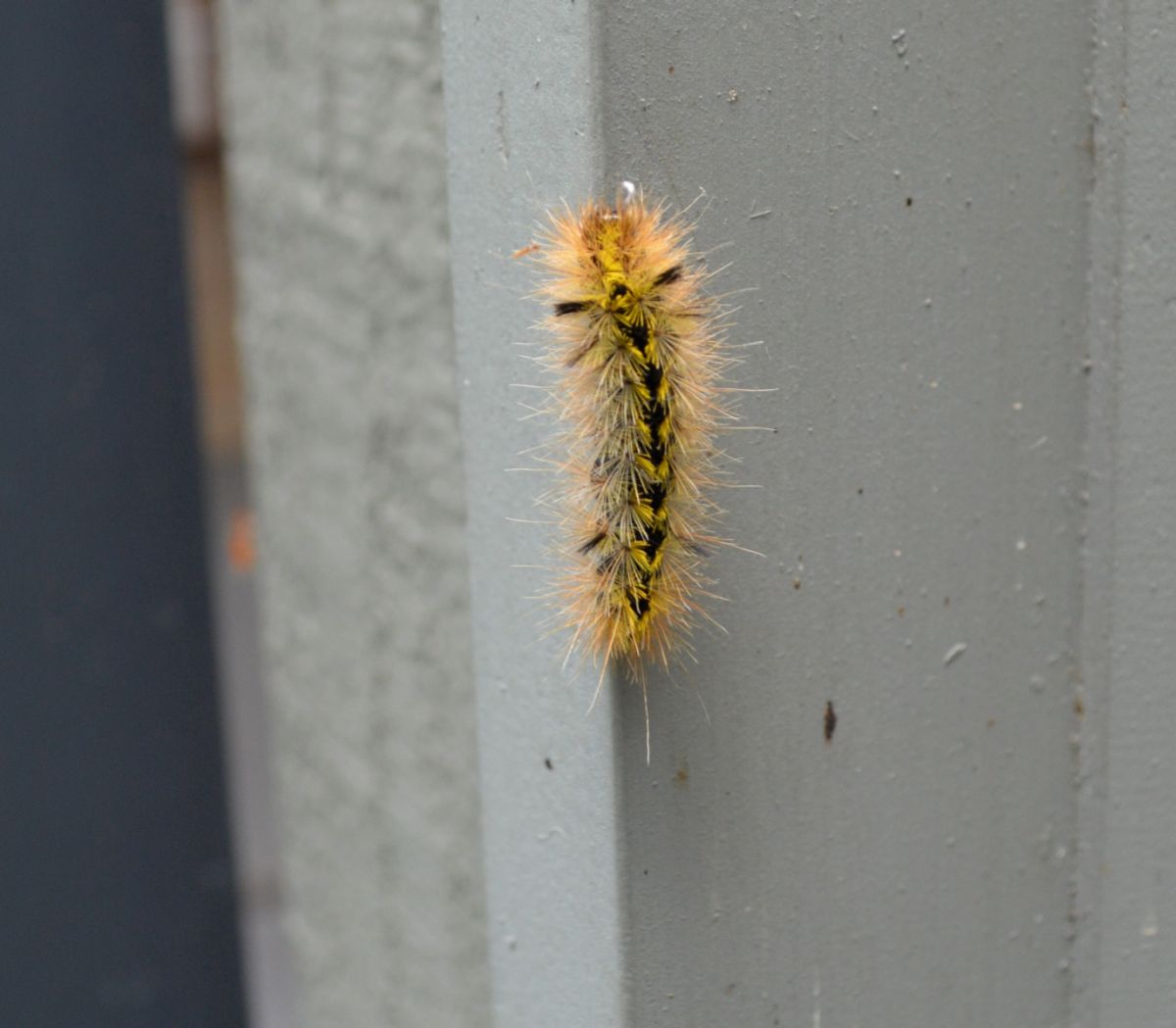
Silver-spotted Tiger Moth Lophocampa argentata (Lep.: Erebidae – Arctiinae)
Cheryl Hoyle

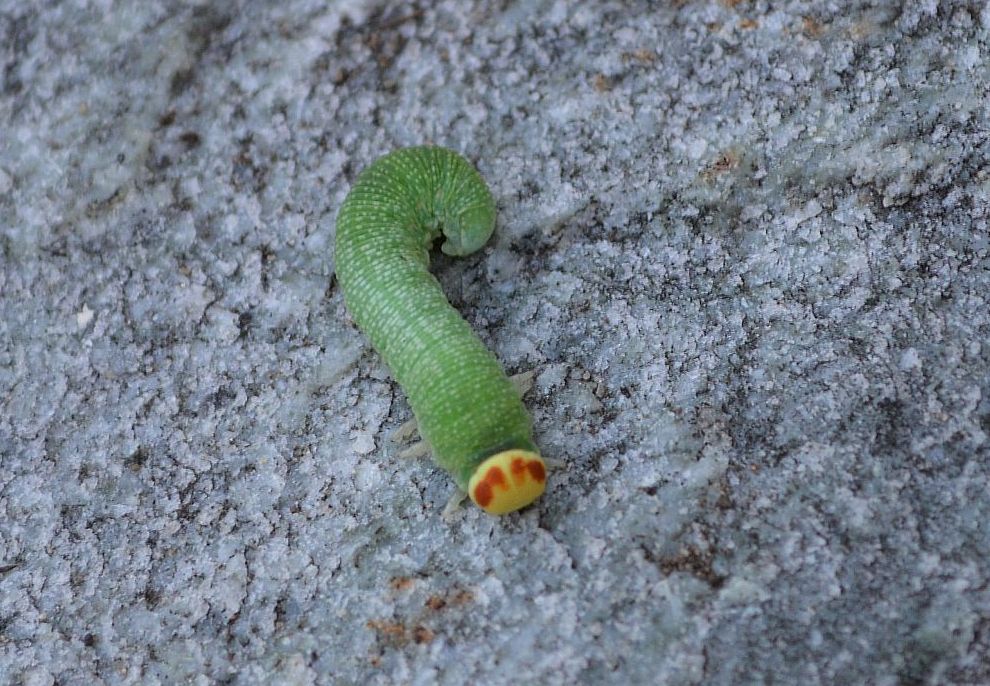
Giant sawfly larva Trichiosoma triangulum (Hym.: Cimbicidae) Cheryl Hoyle

